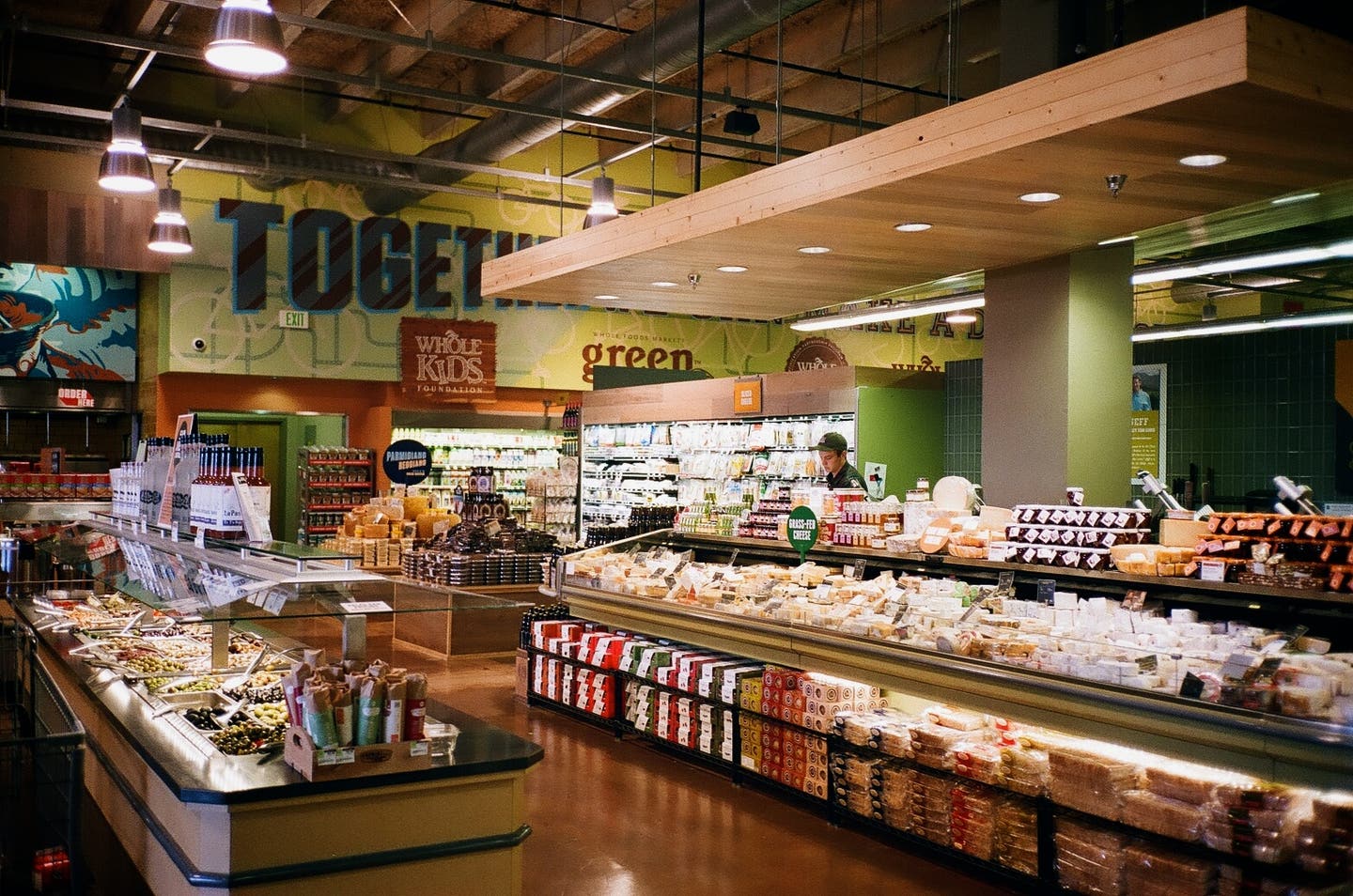
Do Millennials Even Eat Food?
Contradictory studies claim they’re shopping for fewer groceries…but also dining out less
Here's the latest in non-millennial—driven millennial trends: this week, the Wall Street Journal declared that the generation comprised of twenty-somethings and thirty-somethings—which is a really big age group with vastly different experiences and desires, but that's a discussion for another time—have more-or-less stopped shopping at grocery stores and supermarkets. According to research, young people are spending most of their time eating at restaurants and bars, or grabbing groceries from convenience stores. They're also ordering food from home using food delivery services, leaving grocery stores and supermarkets scratching their heads and wondering what happened to cause this big change in consumer behavior.
One thing that comes to mind is the disconnect between millennials being the most debt-burdened generation and the high cost associated with eating out for most meals. It's not cheap to eat at restaurants every day, even if we include corner gyro joints and happy hour specials. Maybe an explanation for this increase in eating out is partly due to millennials being notoriously overworked and underpaid, resulting in a lack of motivation to walk the extra four blocks to the grocery store. There's just not enough time in a day, and it's easier to grab a meal at a bar after work then to go through the motions of cooking a meal at 8 pm. There's also the stress factor: if millennials are overworked and stressed, eating out or grabbing a taquito that's been rolling around under a heat lamp all day at a 7/11 leaves more time for binge watching Netflix.
Or maybe these bold claims are missing the point. Maybe it's not just millennials whose eating and spending habits have changed, but rather their habits reflect a greater cultural shift in society. The Atlantic published a follow-up to the WSJ piece that points out that millennials are often initially blamed for trends affecting cultural change, and that only later is it discovered that these new behaviors are exhibited by older consumers, too. The article includes a graph that represents the percentage of millennial food spending that goes on away from home, alongside a second graph including two more age groups: Gen-Xers (defined as those in their thirties or forties) and senior citizens.
The comparison illustrates that it's not just the younger generation that is showing an uptick in spending money on food outside of the home, but rather that all three age groups show this change. There is a clear societal shift at play here, suggesting that people, in general, are moving towards eating out at restaurants more now than they have in the recent past. In addition, the data shows that shoppers are dividing their food spending among several supermarkets rather than just one, further cementing the claim that the ways in which we eat are changing. The days of shopping solely at the neighborhood supermarket has been disrupted by the diversity of options people now have: this is as much to do with the rise of online food delivery services (which includes grocery delivery as well as services like Seamless) as it is a return to an older way of buying food.
The supermarket, which first came around in the mid-20th century, was conceived as a way of bringing together the different components of market shopping; suddenly, the fish market, deli, and green grocer was all in the same place. It was then, as it is now, about convenience.
Contradictingly, and rather bafflingly, the Washington Post also claims that millennials don't want to leave their house to eat at all, and are instead resorting to food delivery services. So we're either too anxiety-addled to go out, or we're too bogged down with stress to eat in. Are we just too anxiety-addled to go to restaurants or grocery stores now, or is it maybe that the conveniences of modern life have allowed us so many options that our habits are changing with the times? With all the conflicting data to wade through it's hard to see clearly, but what is obvious is that eating habits change over time, and that while millennials often are the leaders of those trends, they're not alone in their choices.
Keep Reading
Continue to Next Story










